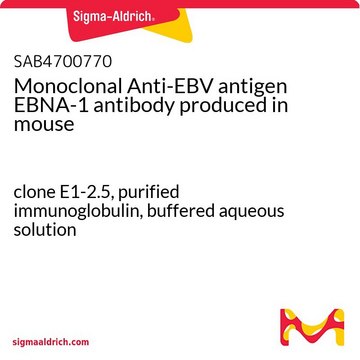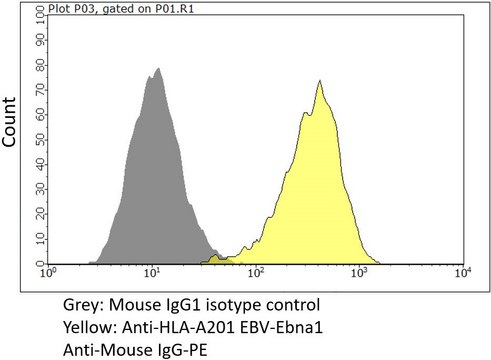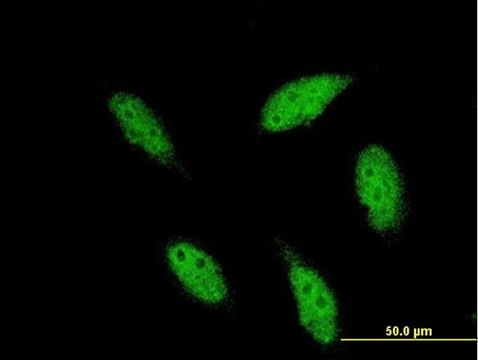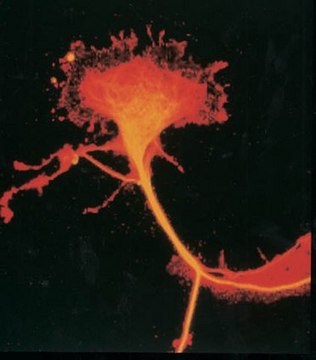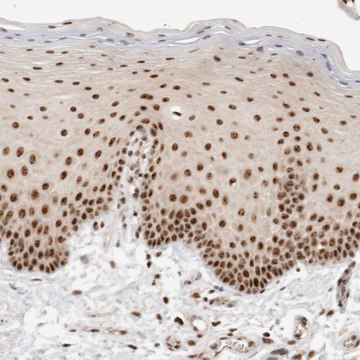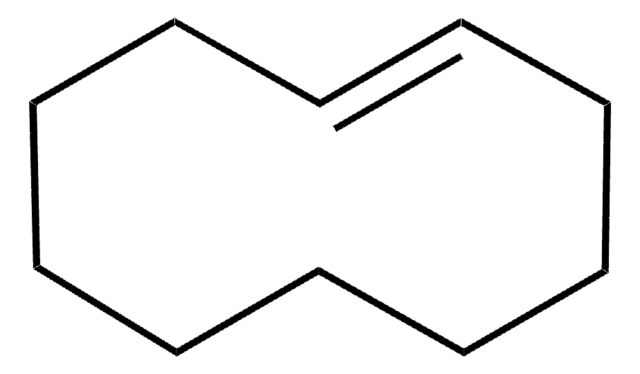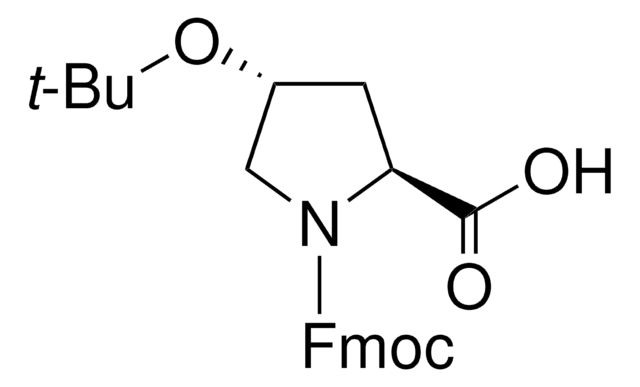Recommended Products
biological source
rat
Quality Level
conjugate
unconjugated
antibody form
purified antibody
antibody product type
primary antibodies
clone
1H4, monoclonal
mol wt
calculated mol wt 56.43 kDa
observed mol wt ~60 kDa
purified by
using protein G
species reactivity
Epstein-Barr virus
packaging
antibody small pack of 100 μg
technique(s)
immunohistochemistry (formalin-fixed, paraffin-embedded sections): suitable
immunoprecipitation (IP): suitable
western blot: suitable
isotype
IgG2aκ
epitope sequence
Unknown
UniProt accession no.
shipped in
2-8°C
target post-translational modification
unmodified
Gene Information
Epstein-Barr virus ... EBNA1(3783774)
Related Categories
General description
Specificity
Immunogen
Application
Evaluated by Western Blotting in Raji cell lysate.
Western Blotting Analysis: A 1:1,000 dilution of this antibody detected EBNA-1 in Raji cell lysate.
Tested Applications
Western Blotting Analysis: A representative lot detected EBNA1 in Western Blotting applications (Grasser, F.A., et al. (1994). Blood. 84(11):3792-8; Humme, S., et al. (2003). Proc Natl Acad Sci USA. 100(19):10989-94; AlQarni, S., et al. (2018). Oncogene. 37(29):3998-4012).
Immunohistochemistry Analysis: A representative lot detected EBNA1 in Immunohistochemistry applications (Grasser, F.A., et al. (1994). Blood. 84(11):3792-8; Herrmann, K., et al. (2003). Breast Cancer Res. 5(1):R13-7; Chatterjee, B., et al. (2019). PLoS Pathog. 15(5):e1007748).
Immunoprecipitation Analysis: A representative lot detected EBNA1 in Immunoprecipitation applications (Schepers, A., et al. (2001). EMBO J. 20(16):4588-602).
Note: Actual optimal working dilutions must be determined by end user as specimens, and experimental conditions may vary with the end user
Physical form
Storage and Stability
Other Notes
Disclaimer
Not finding the right product?
Try our Product Selector Tool.
Storage Class Code
12 - Non Combustible Liquids
WGK
WGK 1
Flash Point(F)
Not applicable
Flash Point(C)
Not applicable
Regulatory Information
Certificates of Analysis (COA)
Search for Certificates of Analysis (COA) by entering the products Lot/Batch Number. Lot and Batch Numbers can be found on a product’s label following the words ‘Lot’ or ‘Batch’.
Already Own This Product?
Find documentation for the products that you have recently purchased in the Document Library.
Our team of scientists has experience in all areas of research including Life Science, Material Science, Chemical Synthesis, Chromatography, Analytical and many others.
Contact Technical Service